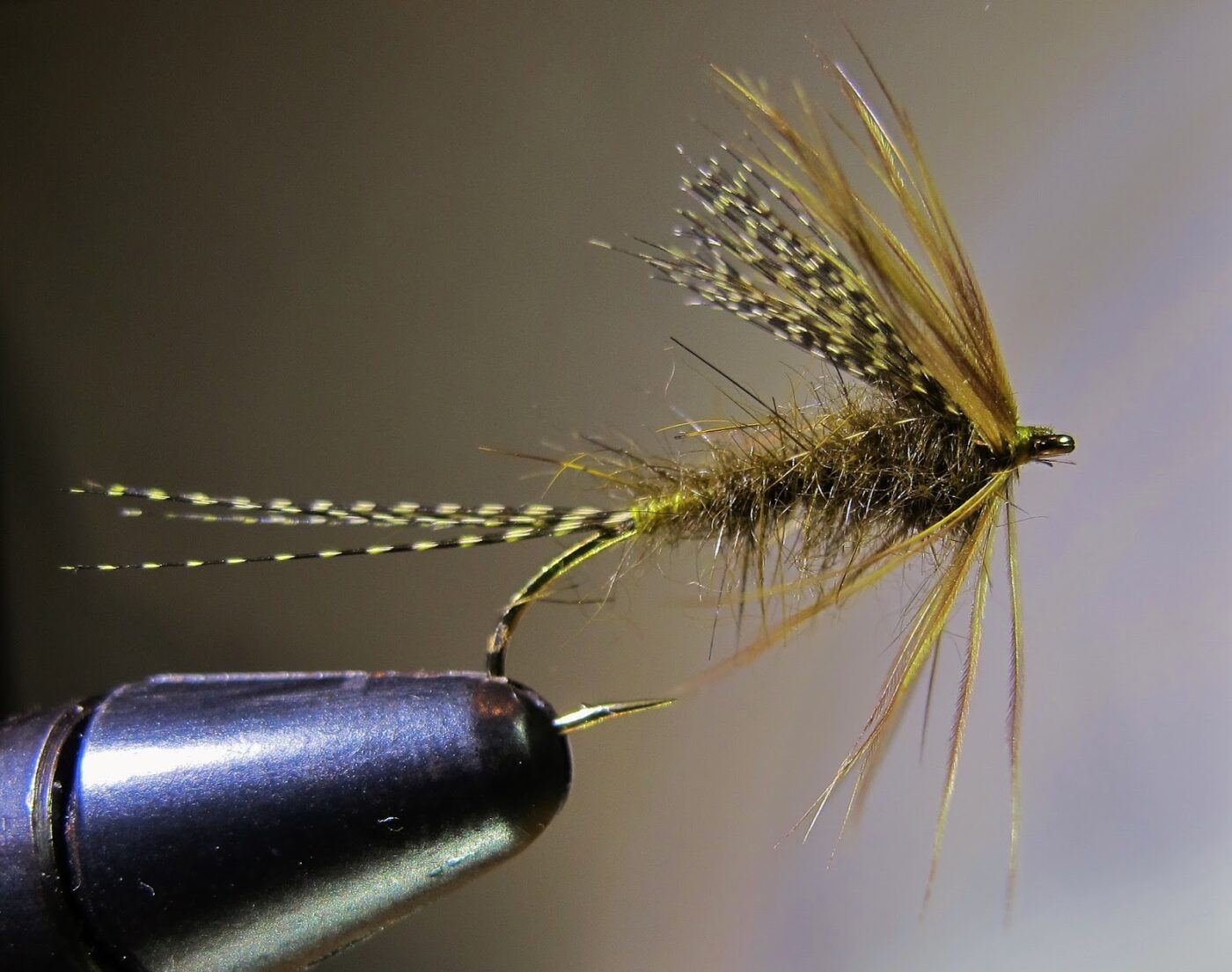Green Drakes refers both to a handful of mayfly species and to a handful of fly patterns designed to imitate them. It’s not exactly one fly, but the use is so specific that I think it makes sense to cover the group as one.
Green Drake hatches, in trout waters all over the world, are among the greatest trout fishing experiences an angler can have.
If someone tells you green drakes are hatching, drop everything and head to the river.
I think most of the “best day of fishing ever” stories I’ve ever heard have centered around a green drake hatch. It’s no surprise then, that the Green Drake holds a sort of mystical place in fly fishing.
What does a Green Drake Imitate?
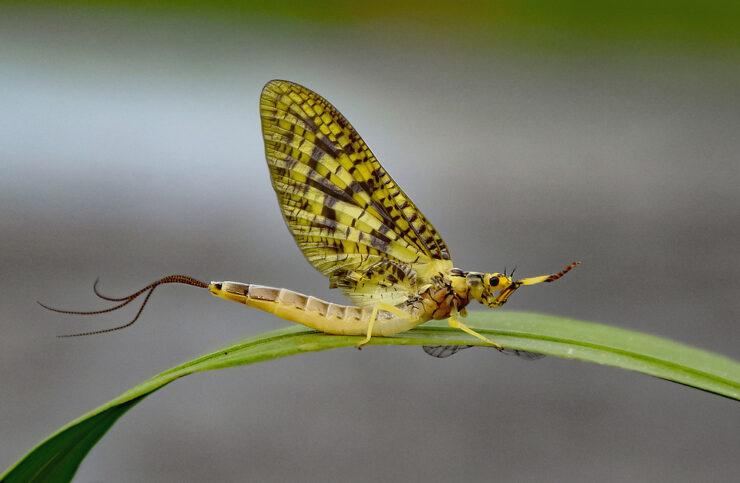
As noted, the fly pattern called the Green Drake is designed to imitate Green Drake Mayflies. What this means, exactly, depends on where you live (or where you fish, if that’s not the same).
Broadly speaking, these are emerger or dun stages of large mayflies, typically green or olive in color. American anglers typically encounter one of two green drake species:
- The Eastern Green Drake (Ephemera guttulate)
- The Western Green Drake (Drunella grandis)
There are, however, probably a dozen or more big mayflies world-wide that fit into the category of “green drake”.
History of The Green Drake
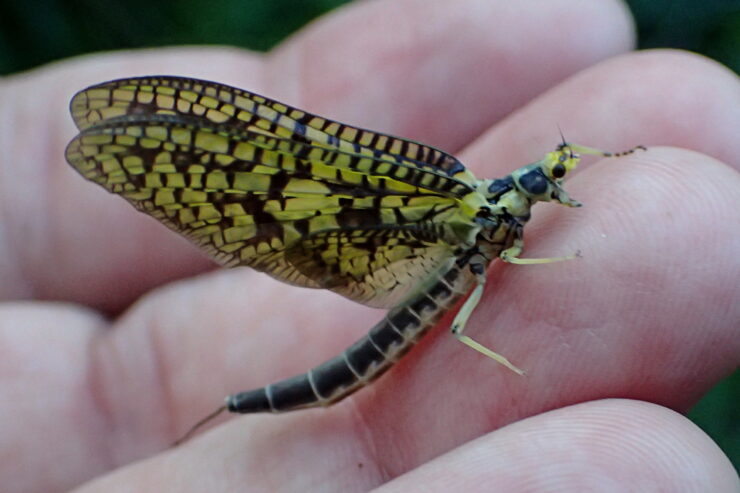
The first appearance of the word “Drake” in reference to a fly is in Dame Juliana Berners 1496 treatise on fishing. She used the term to refer to fly patterns constructed from male duck feathers.
After Dame Berners, drakes make an appearance in the second great piece of fly fishing literature, “The Compeat Angler”. Charles Cotton, in the fifth edition of this classic, names drakes as one of the two best flies available.
I’ll spare you more references to Green Drakes in trout fishing literature, except to say that they feature prominently in pretty much every single book ever written on the subject.
Suffice to say that people have been trying to tie Green Drake flies since people started tying flies.
When to Fish a Green Drake
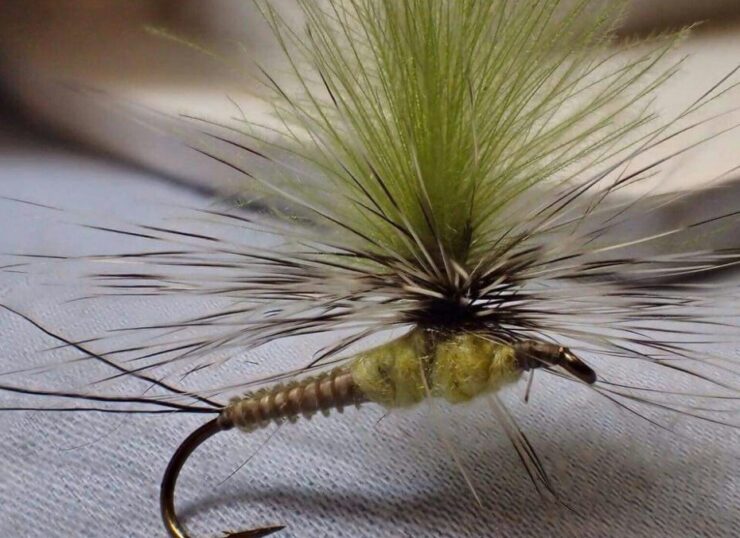
Fishing Green Drakes is all about timing.
Green Drake hatches occur most often at the beginning of summer, though I’ve heard of places that get hatches in September as well. These do represent several species, after all.
When these big insects are on the water, the fishing really, really heats up. Even big trout that usually chase minnows or feed at night will break routine and rise for these bugs.
When the first Green Drakes begin to surface, trout will have been feeding on the nymphs for a little while already.
If you see dorsal fins or motion at the surface but no fish sipping bugs right off the top, you should be fishing nymphs or emergers.
At some point during the hatch, trout will switch from nymphs to duns. Keep an eye on the way the fish are behaving and switch to an emerger or a dun to keep pace with them.
Before and After a Hatch
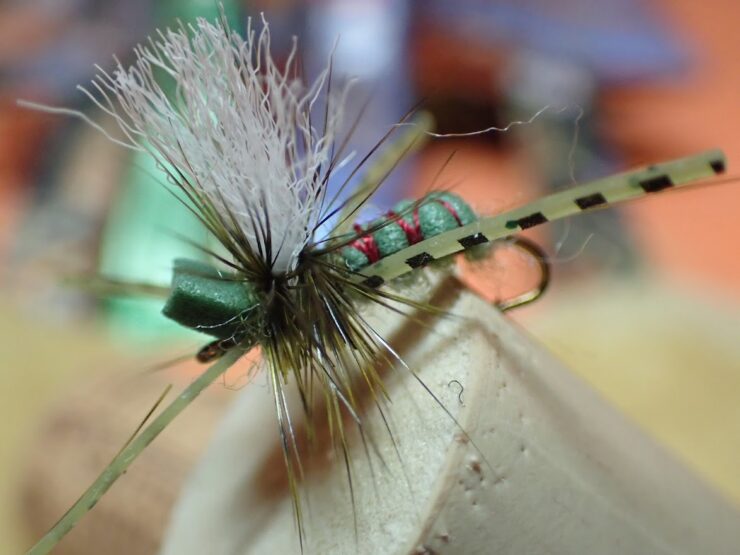
The Green Drake isn’t an especially abundant mayfly. It doesn’t, however, take a ton of these bugs to get trout feeding. So, if you see even a few, give it a shot.
Similarly, trout seem to hold some recollection of these feeding frenzy events for a few weeks after they occur.
If you don’t have any other obvious options and a Green Drake hatch has occurred recently, give one a try. They may still remember them.
Moving with the Hatch
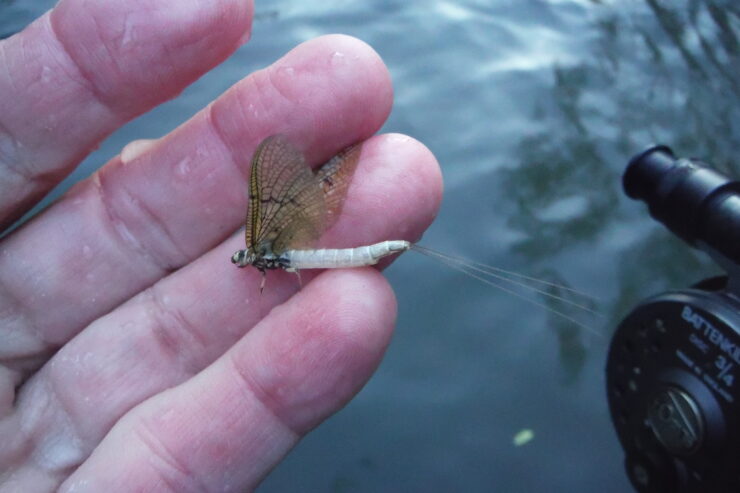
Green Drake hatches, once they do occur, move upstream over the course of a few days. That is to say, insects will hatch in lower reaches of streams before they hatch in upper reaches.
If you’ve just fished a great hatch, consider trying an upstream reach of the river tomorrow.
If the conditions are right, you may be able to follow to hatch as it proceeds up the stream.
Techniques and Tips
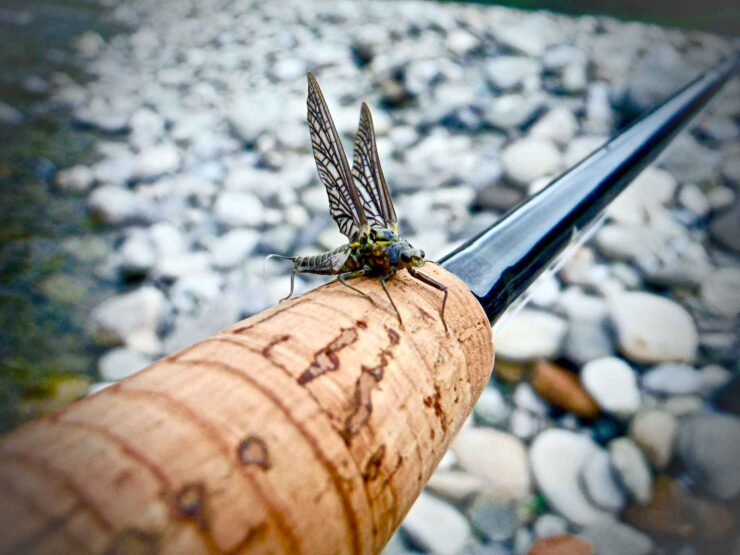
On cool, cloudy days, the emerged dun will float on the surface for some time as the wings dry, making for a consistent, easy meal. On sunny days, wings dry faster and trout are less likely to pursue duns – especially after spinners (adult mayflies) begin to fall.
Using Green Drake cripples to imitate emergers or drippled duns is a well-tested and effective technique. Trout will often key on flies that aren’t likely to be moving away quickly, as it makes them easy prey.
So, keep some Green Drake cripples in your box. They’re a versatile pattern during a hatch and can be the key to catching attention when there are a lot of real bugs around.
And lastly, avoid blind casting. This can spook fish as hatches often occur in quiet, gentle, runs. For best results, wait for a trout to take a natural insect and cast directly at the rise.
Meet Maria Alexander, the fearless adventurer steering the ship at KayakPaddling.net. Her mission? To convince you that life’s too short for dry land and that the best stories always start with “So there I was in my kayak…”
Related Posts:
- Heavy Duty Fishing: 11 Best Rods And Reels For Big Fish 2024
- 12 Best Fishing Lures Ever 2024 - Baits That…
- 10 Best Saltwater Fishing Boats - Ultimate Angling Adventure
- 9 Best Backpacking Fishing Rods 2024 - Lightweight…
- 12 Best Motorized Kayak 2024 - Start Your Aquatic Adventure!
- 16 Best Kayak For Beginners 2024 - Kayaking Adventure Gear

